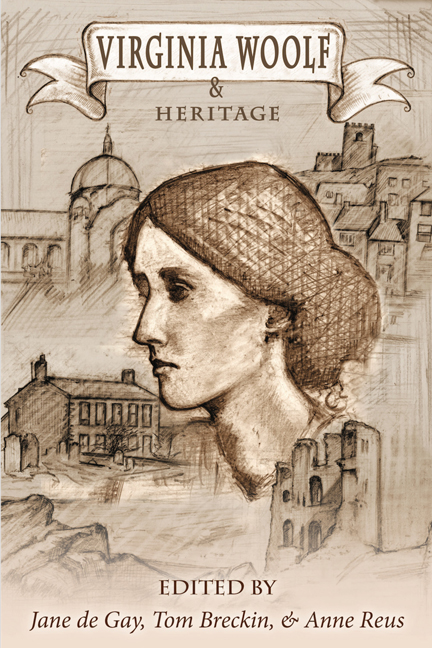Book contents
- Frontmatter
- Contents
- Introduction
- List of Abbreviations
- HERITAGE: A DEBATE
- HERITAGE, EDUCATION, AND MENTORING
- HERITAGE SPACES
- LITERARY AND CULTURAL HERITAGES
- QUEER PASTS
- MODERNISM AND HERITAGE
- WRITING LIVES AND HISTORIES
- WOOLF'S LEGACIES
- FINALE
- “Some ancestral dread”: Woolf, Autobiography, and the Question of “Shame”
- Notes on Contributors
“Some ancestral dread”: Woolf, Autobiography, and the Question of “Shame”
from FINALE
- Frontmatter
- Contents
- Introduction
- List of Abbreviations
- HERITAGE: A DEBATE
- HERITAGE, EDUCATION, AND MENTORING
- HERITAGE SPACES
- LITERARY AND CULTURAL HERITAGES
- QUEER PASTS
- MODERNISM AND HERITAGE
- WRITING LIVES AND HISTORIES
- WOOLF'S LEGACIES
- FINALE
- “Some ancestral dread”: Woolf, Autobiography, and the Question of “Shame”
- Notes on Contributors
Summary
Virginia Woolf 's composition of her memoir “A Sketch of the Past” (1939), unpublished until many years after her death, is often linked to her simultaneous work on her biography of Roger Fry. The writing of the biography raised questions of the nature (and limitations) of biographical knowledge, while the creation of her autobiography entailed a shift from the issue of how much we can know of another person to that of the extent to which we can know ourselves. Other determinants include her extensive reading of Freud at this time, in particular in relation to her exploration of her “ambivalence”—a word and concept she took from Freud in her reading of him in the late 1930s—towards her father.
A further, important influence, was Woolf 's relationship with the composer and writer Ethel Smyth, including their discussions about the nature of autobiography and, more specifically, of the freedom to write openly and intimately of the self. In the 1930s, Woolf was in close correspondence with Smyth, and encouraging her to pursue her autobiographical writings. Smyth's two-volume autobiography Impressions that Remained had been published in 1919: she subsequently produced two more volumes, as well as another four of autobiographical essays. For Woolf, their interest seems to have been in large part what she saw as their frankness, or their potential for it. Central to Smyth's autobiographical account was the figure of HB (the American writer Henry Brewster), a married man when, as a young woman, she first met him. Their relationship appears to have been of the utmost importance to her—he was, she writes, the only man she ever loved—but it is unclear whether it was ever of a sexual nature.
Woolf and Ethel Smyth met for the first time in February 1930: almost immediately, a close, though by no means untroubled, friendship developed. Woolf 's early letters to Smyth articulate her desire to recount her life to her—an impulse often thwarted, she suggests, by interruptions or the shortage of time. “I too feel that the book—not that book—our book—is open, and at once snatched away…I cant write the history of my marriage on what remains of this paper, so good bye” (L4 144–45, 27 October 1930).
- Type
- Chapter
- Information
- Virginia Woolf and Heritage , pp. 264 - 280Publisher: Liverpool University PressPrint publication year: 2017

